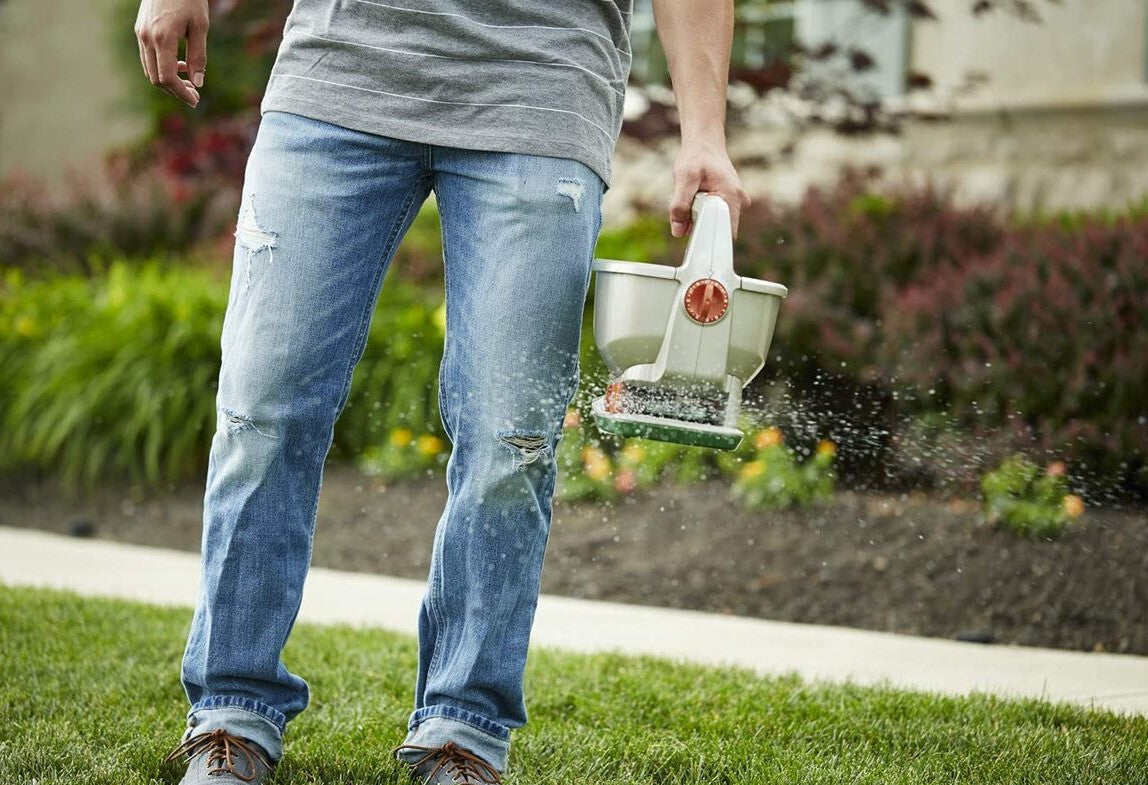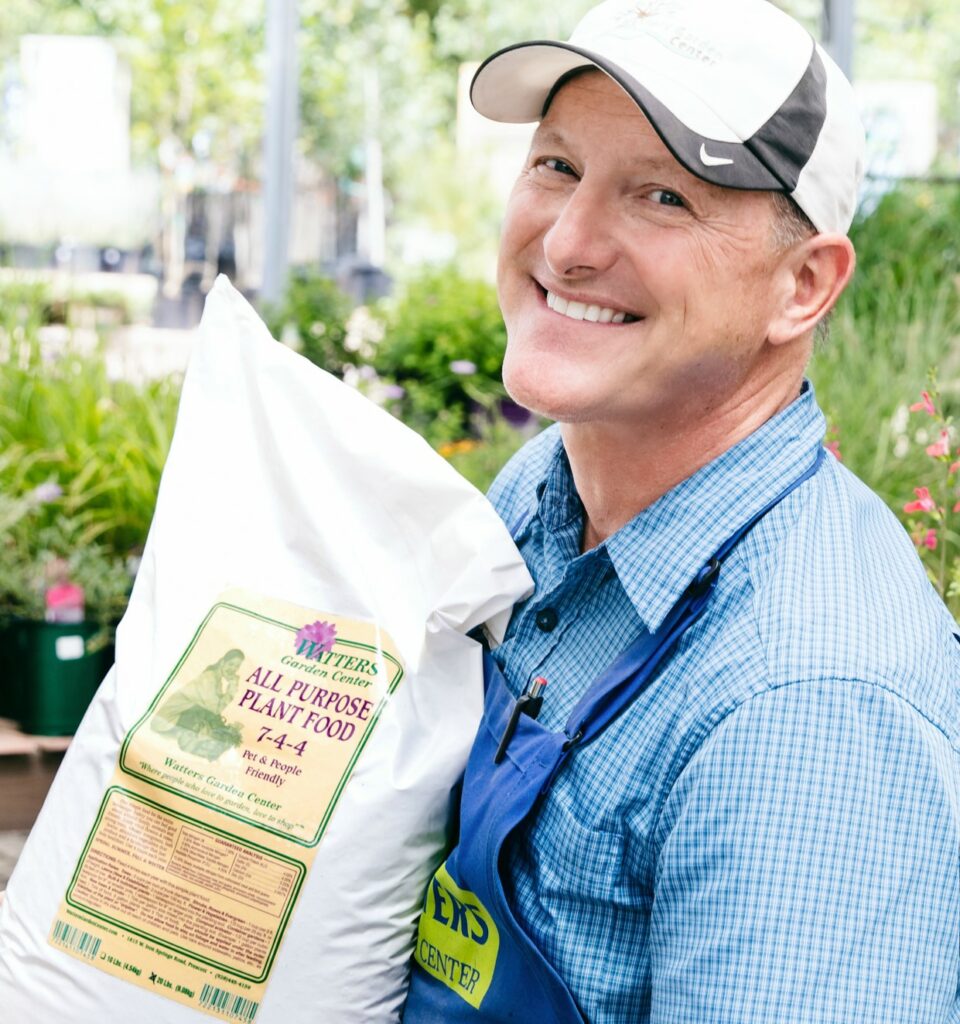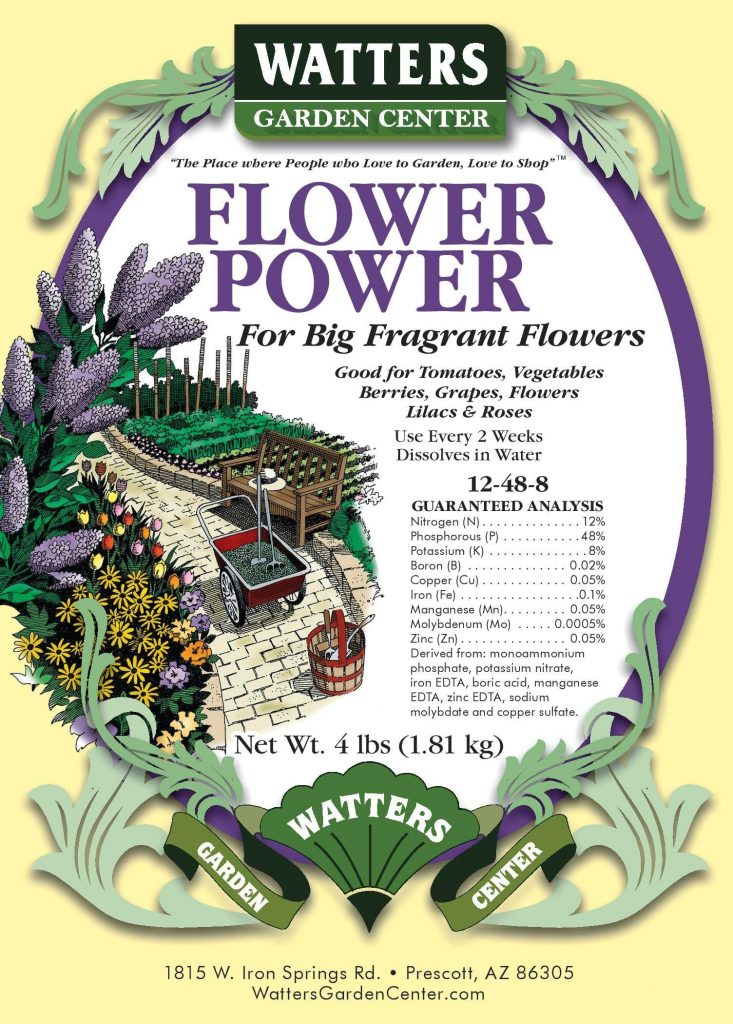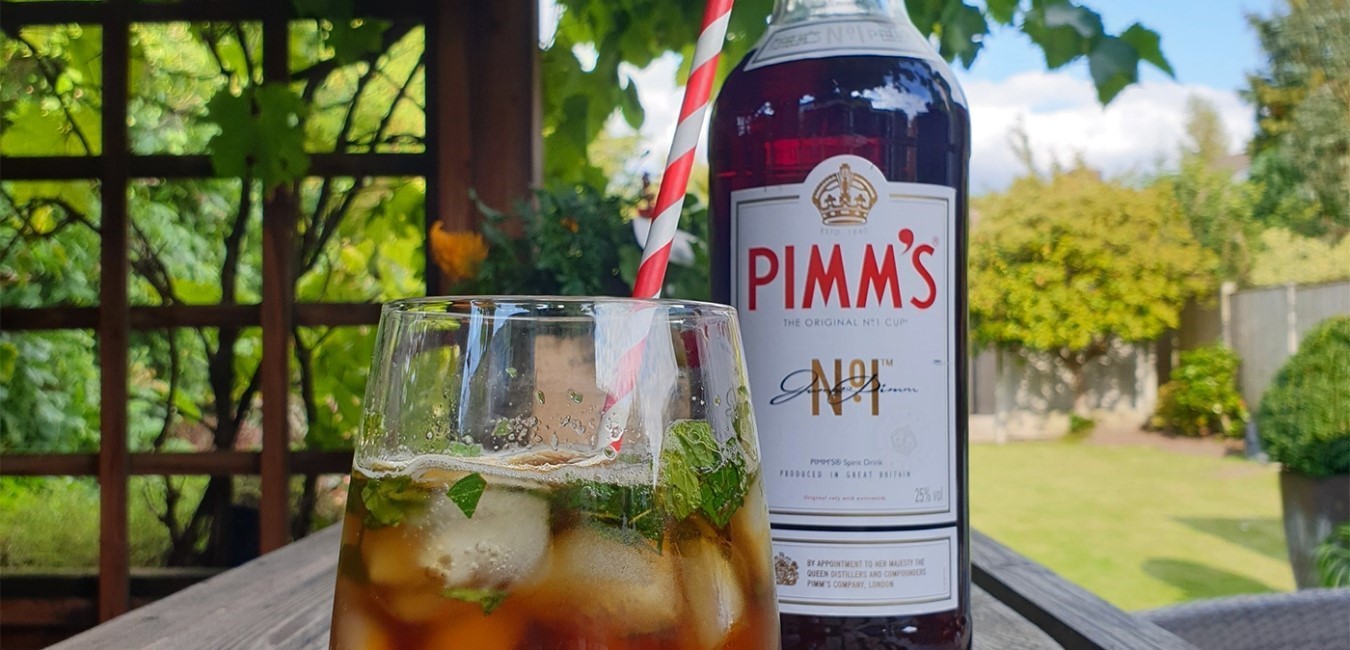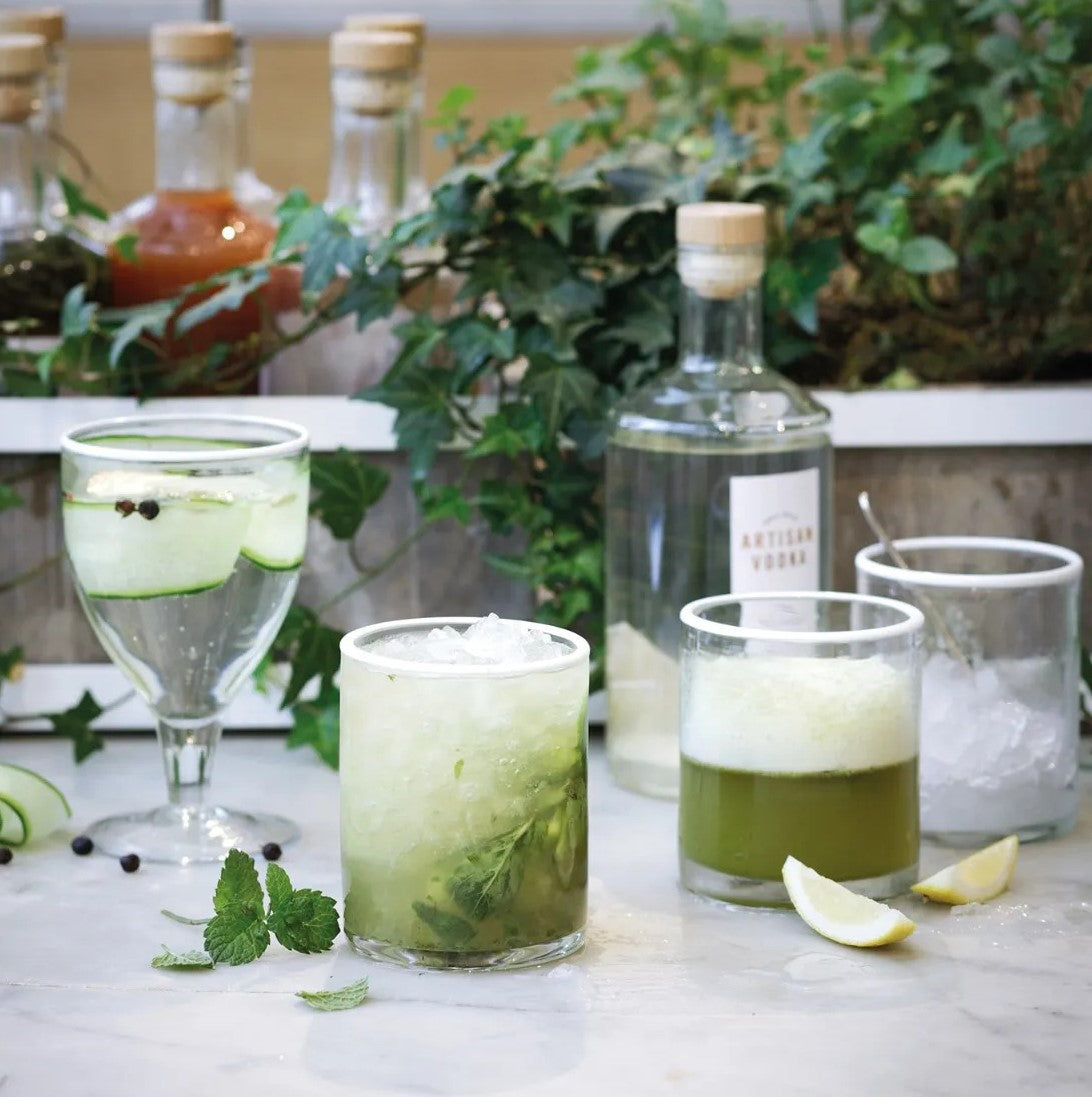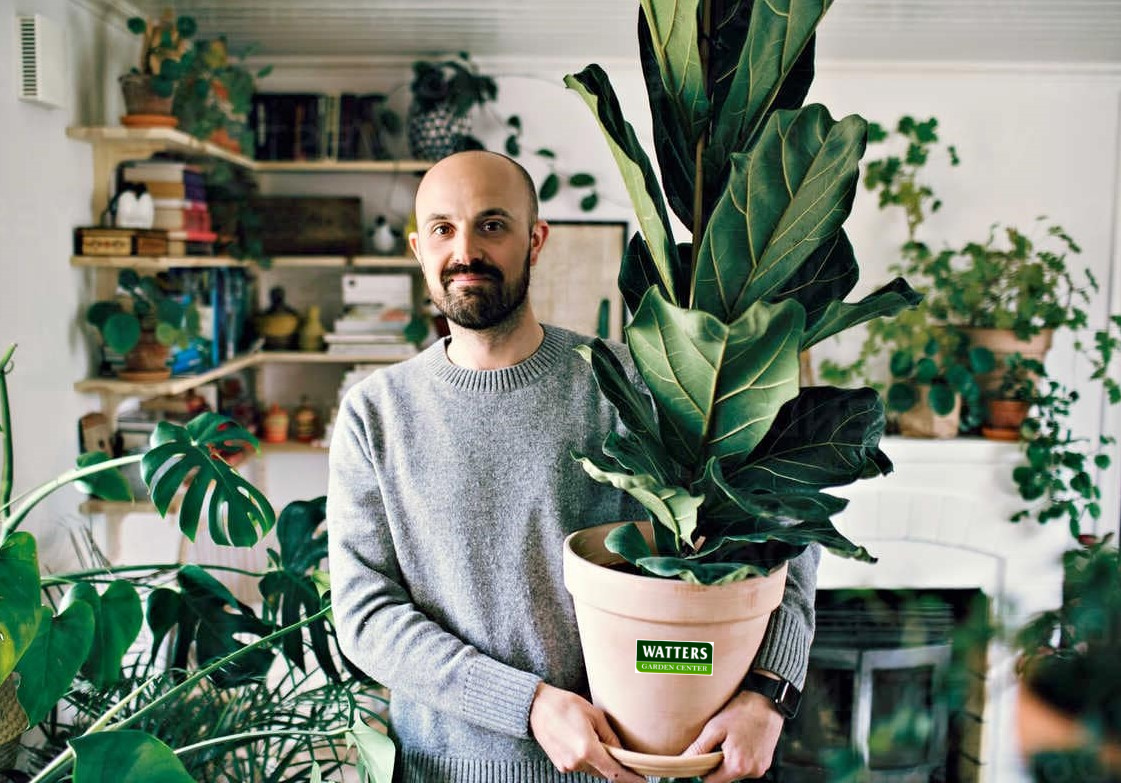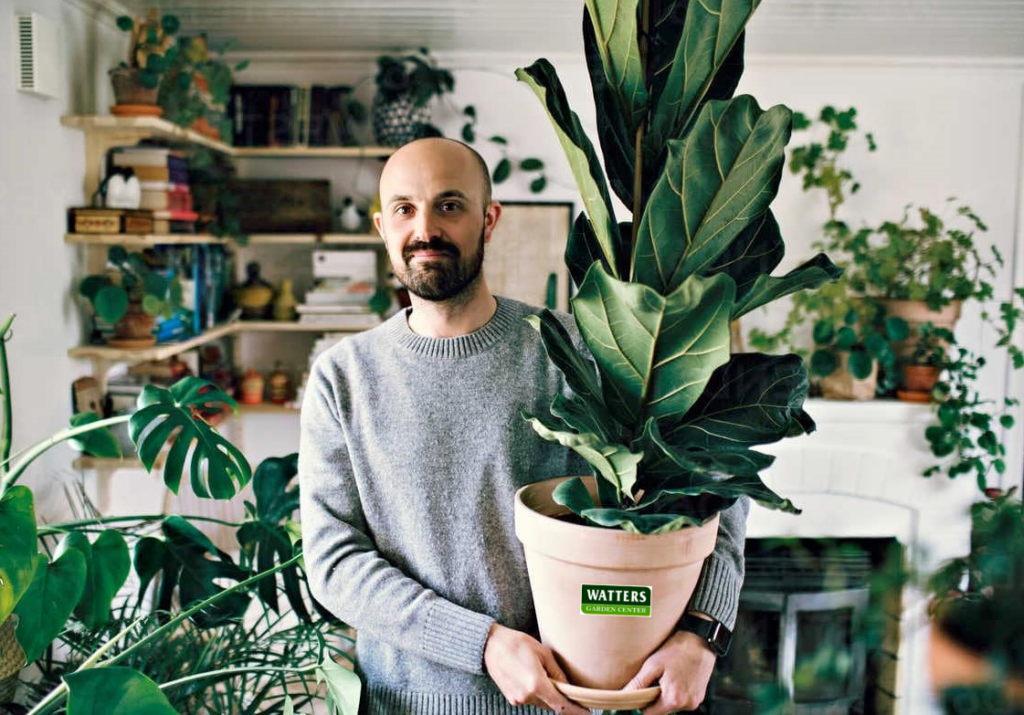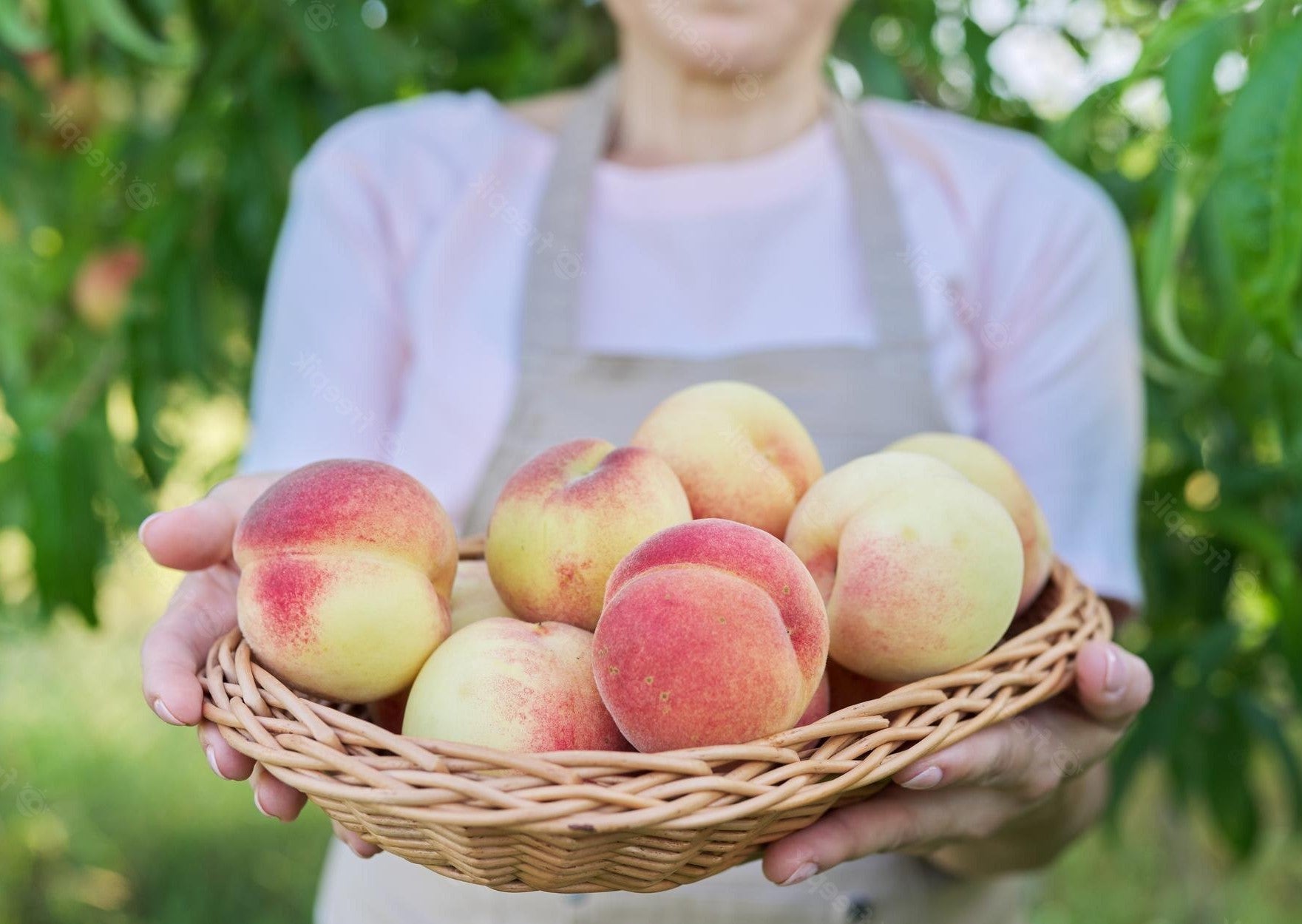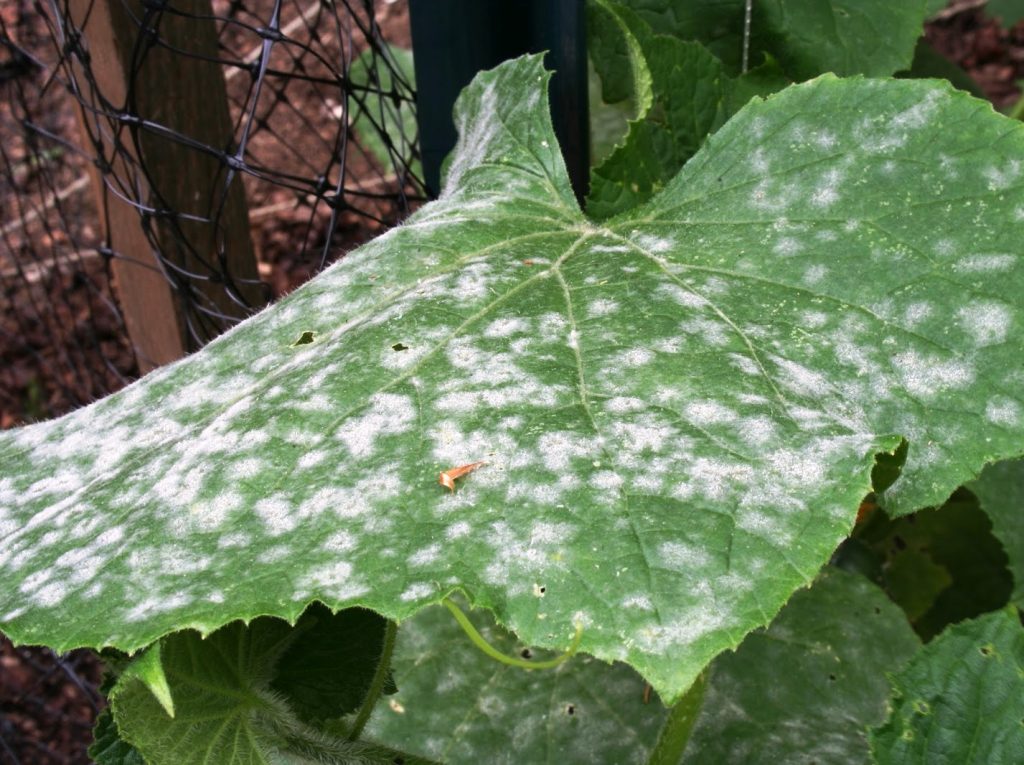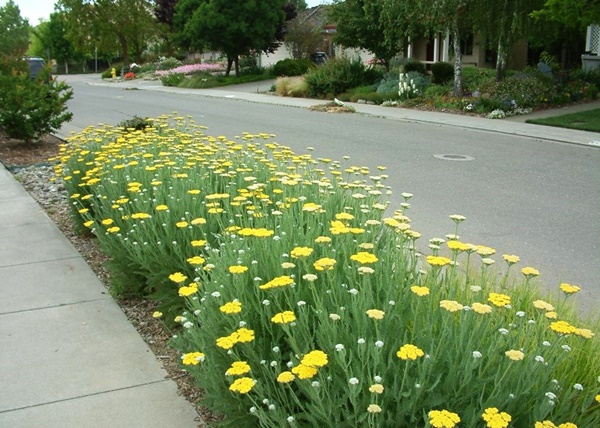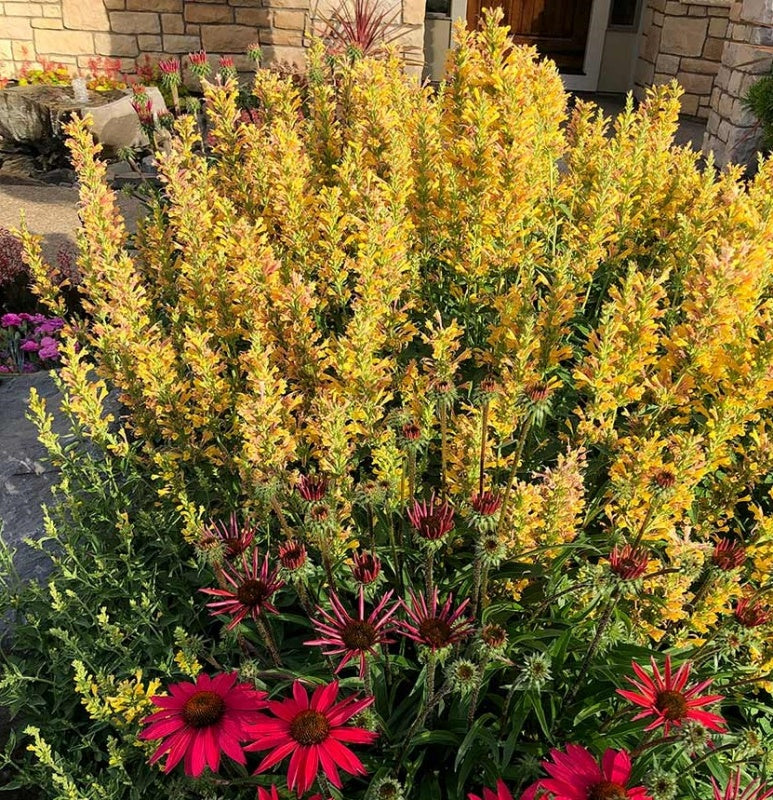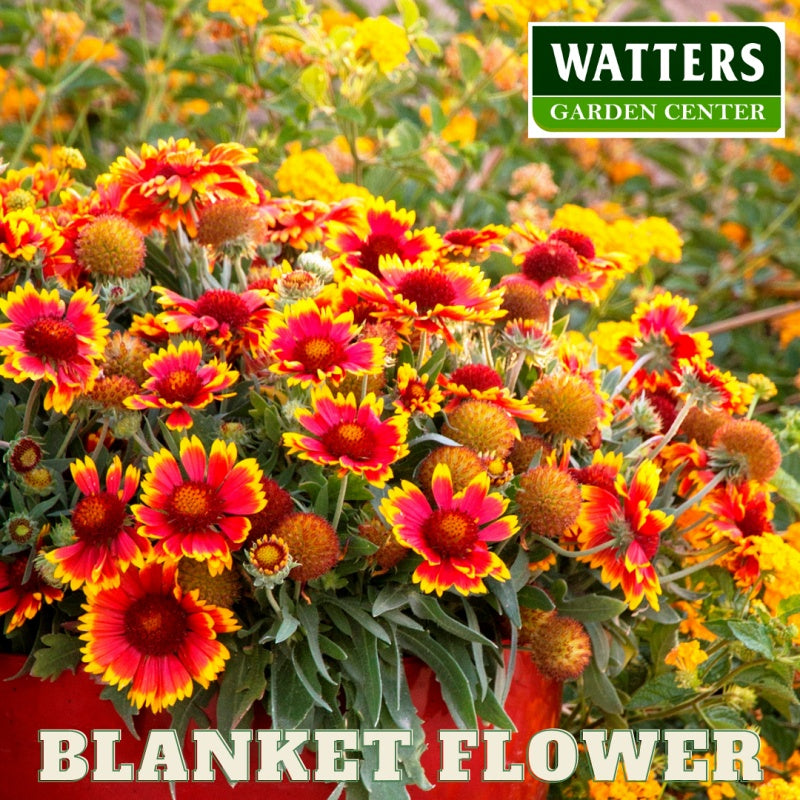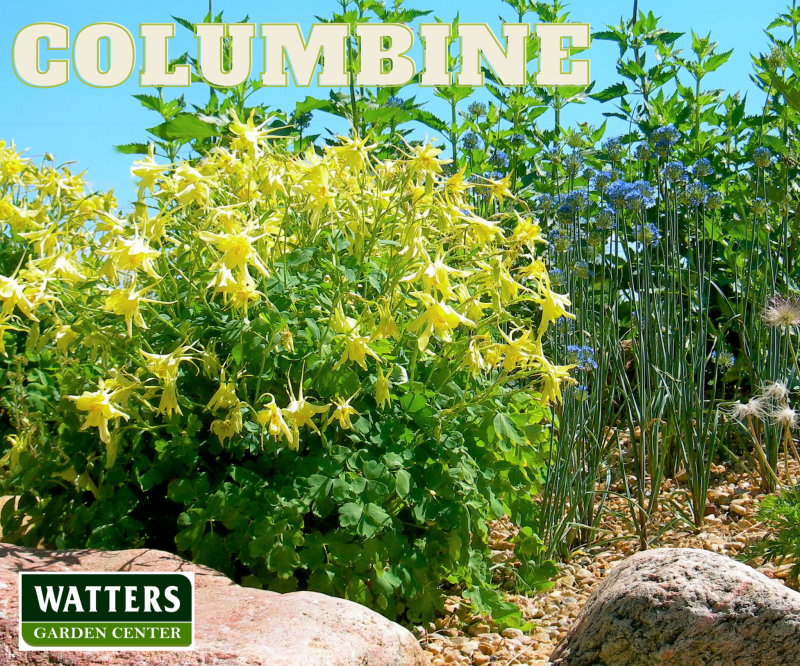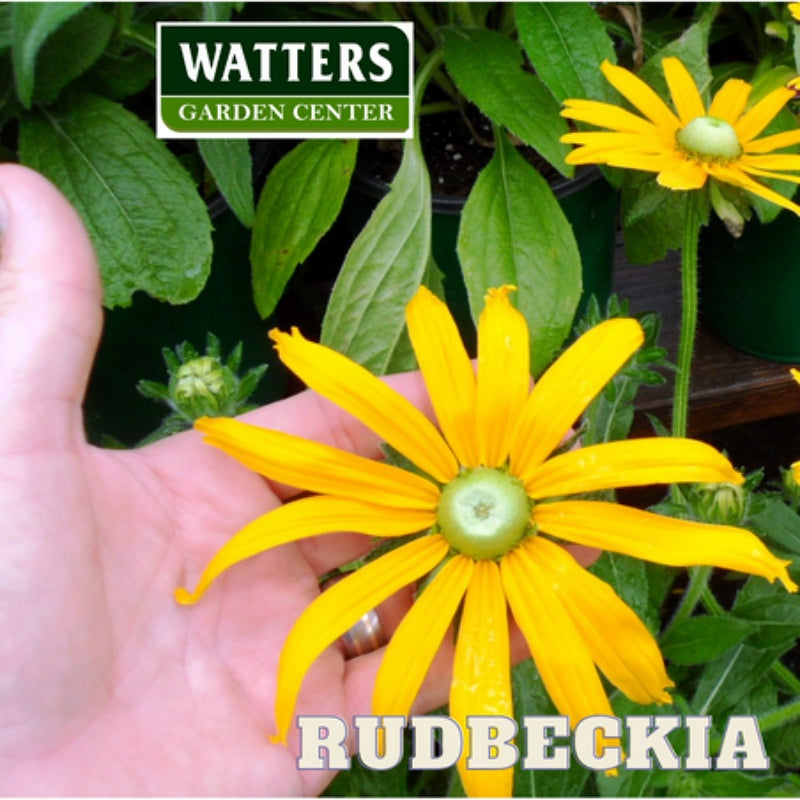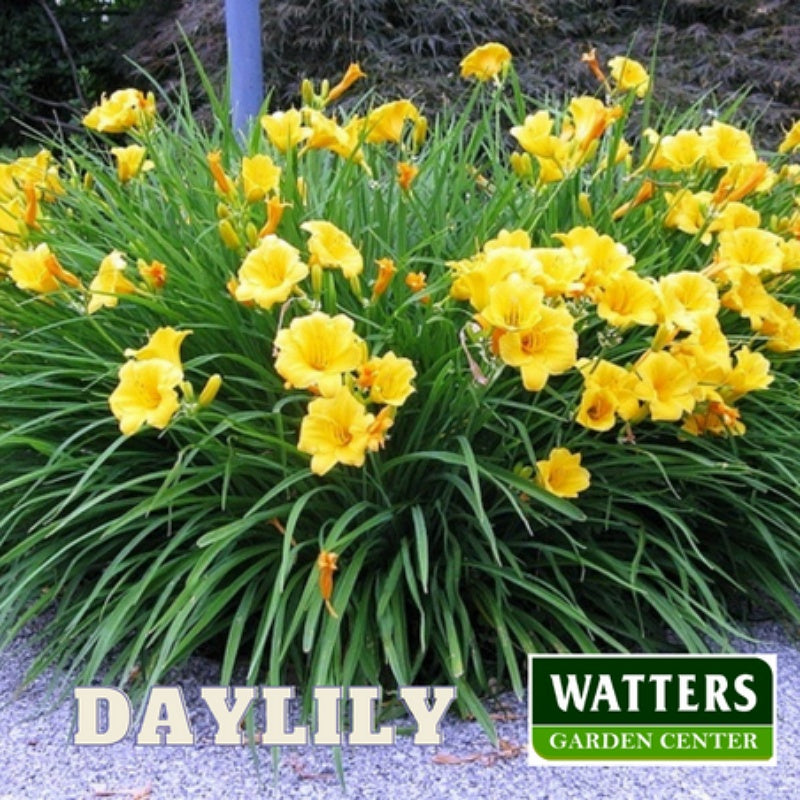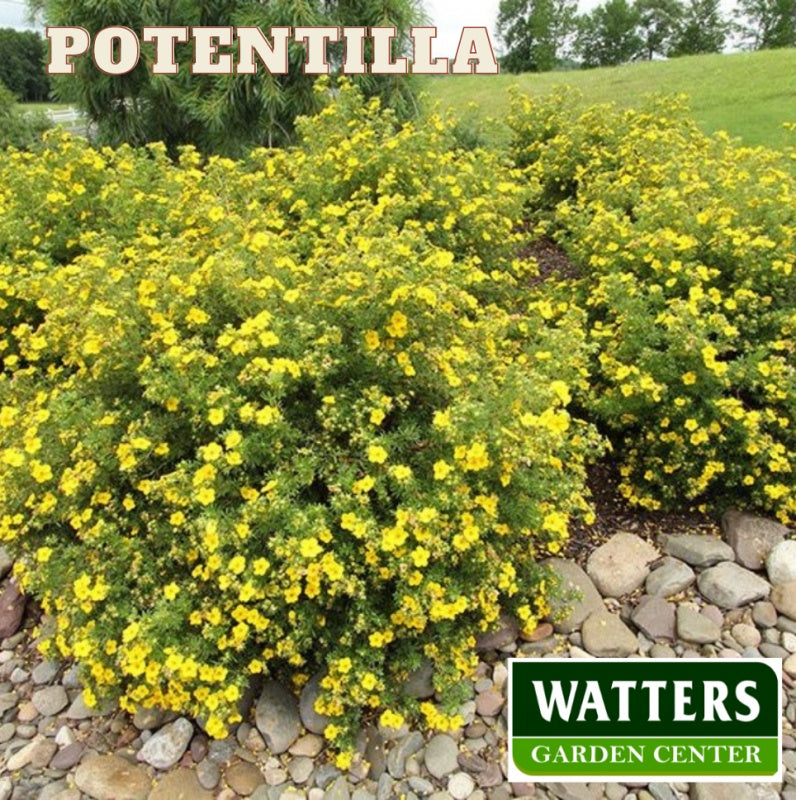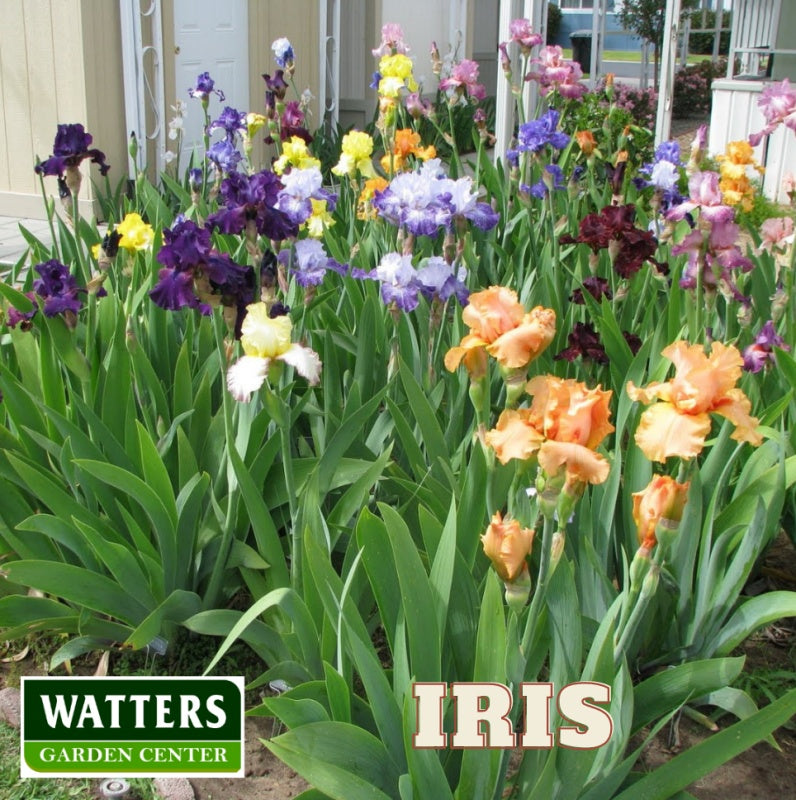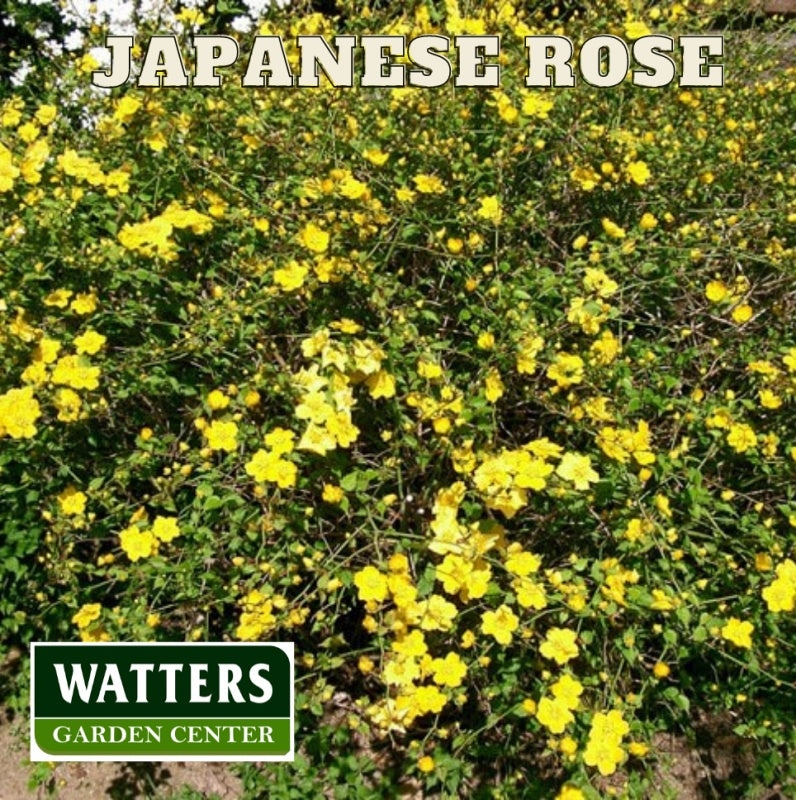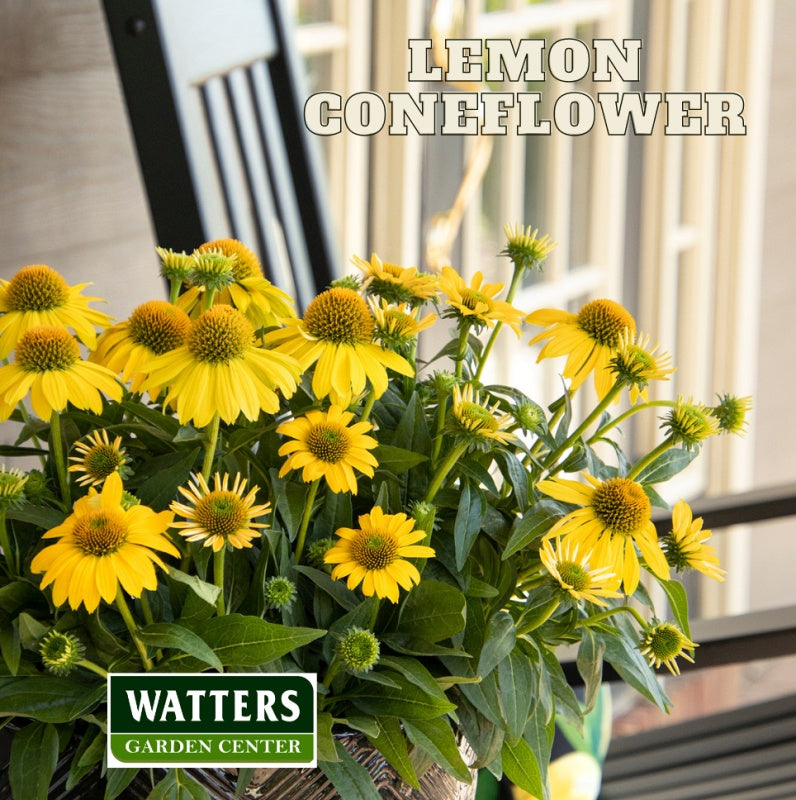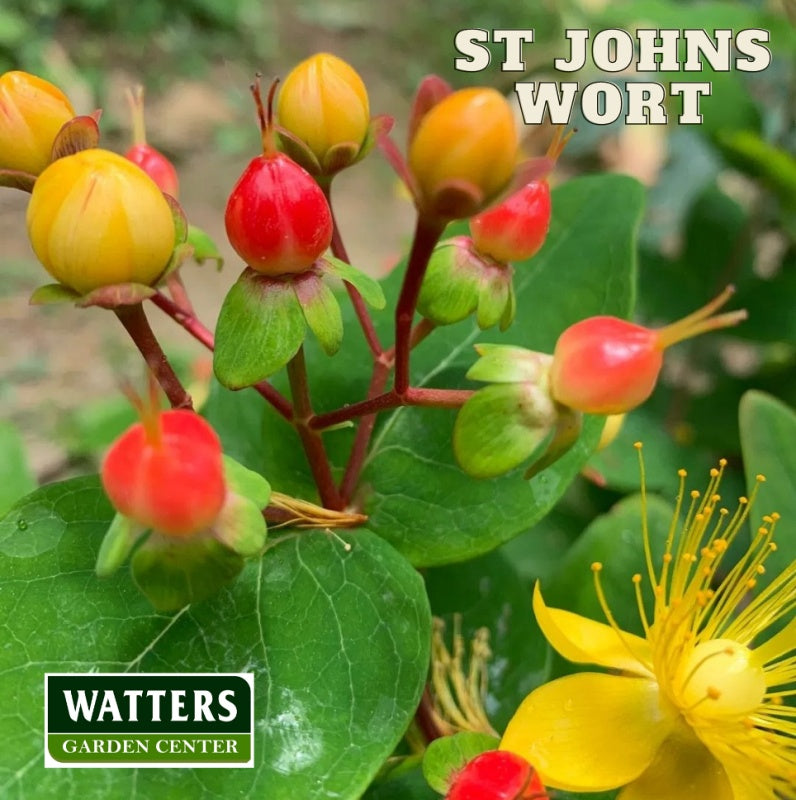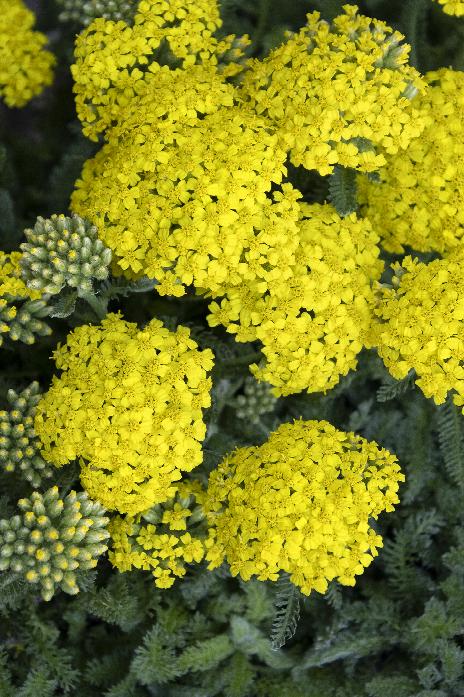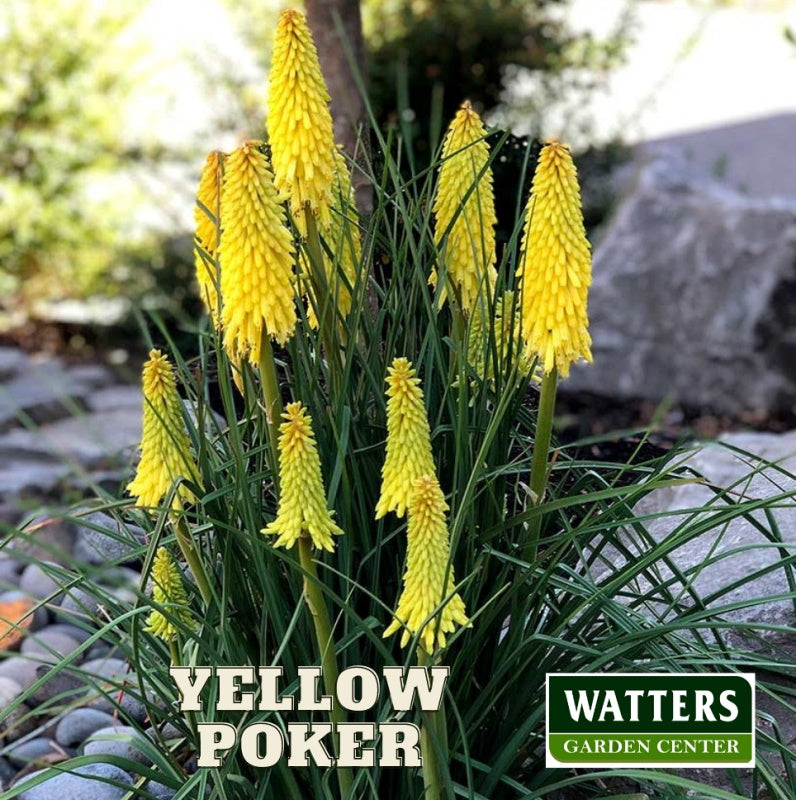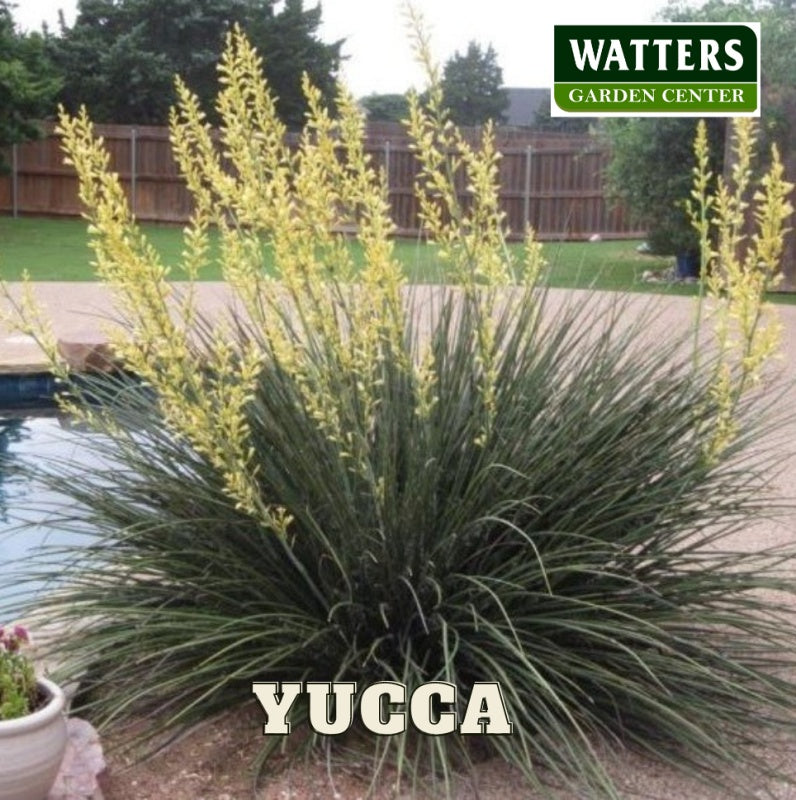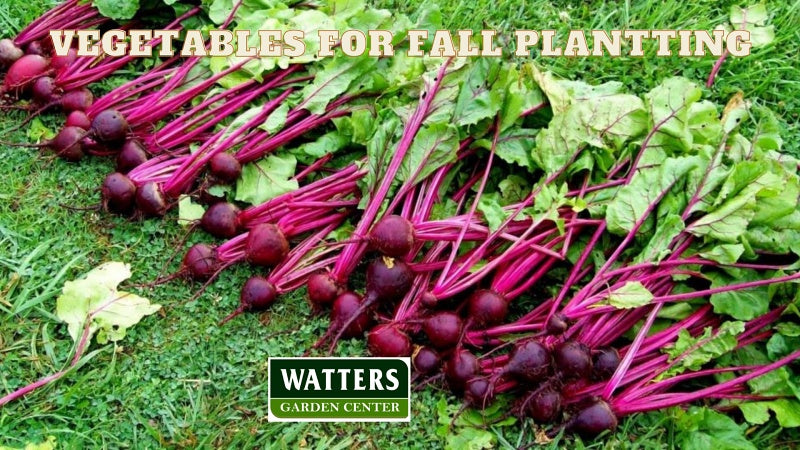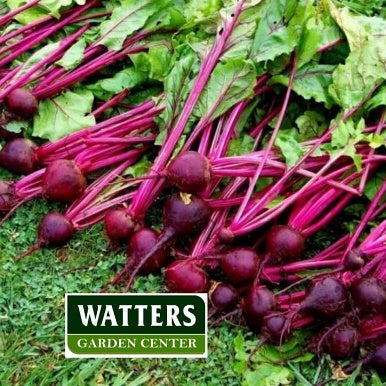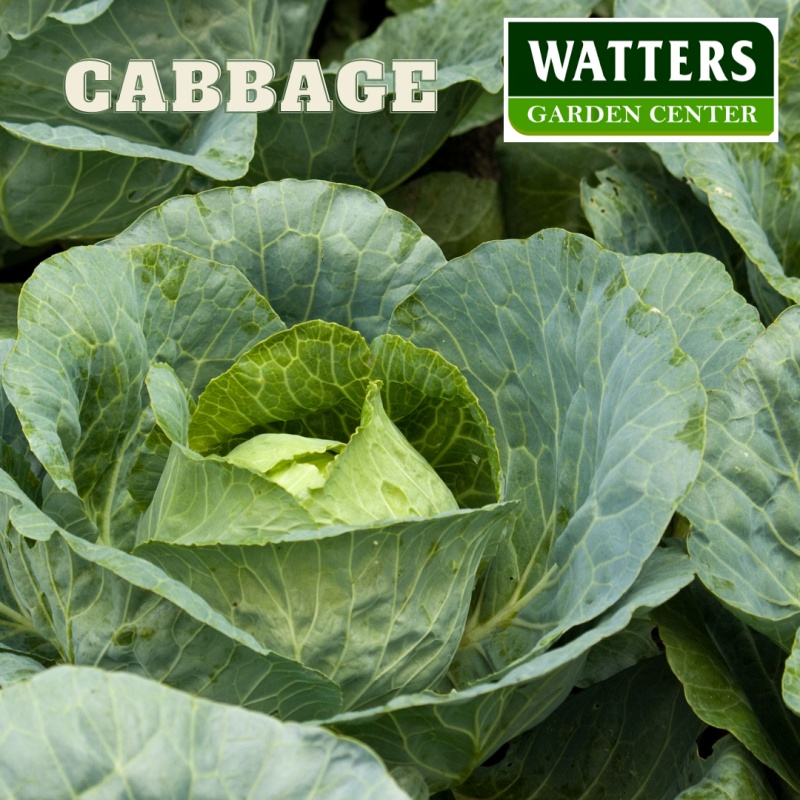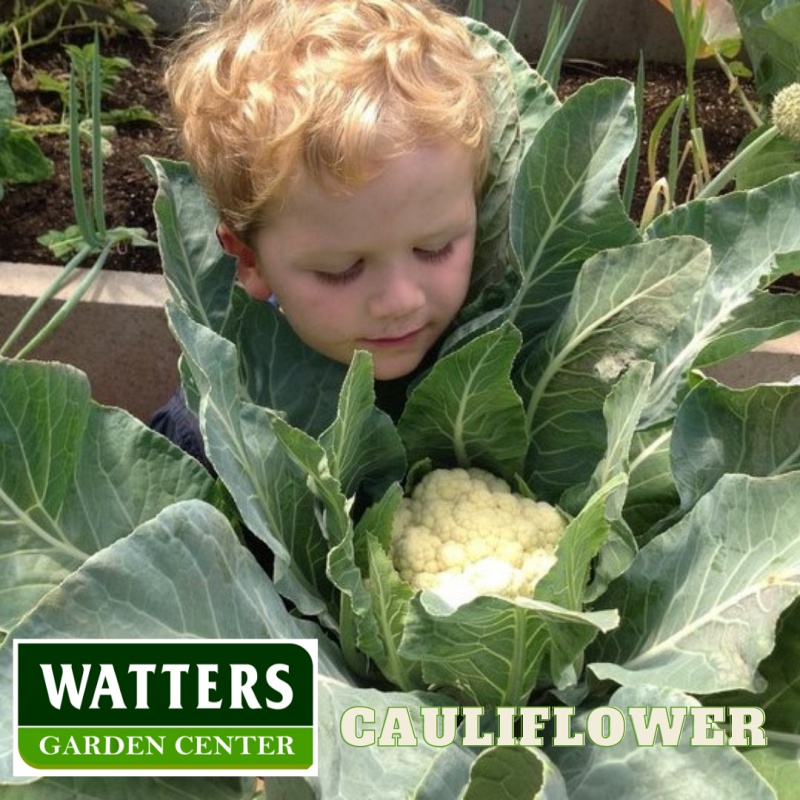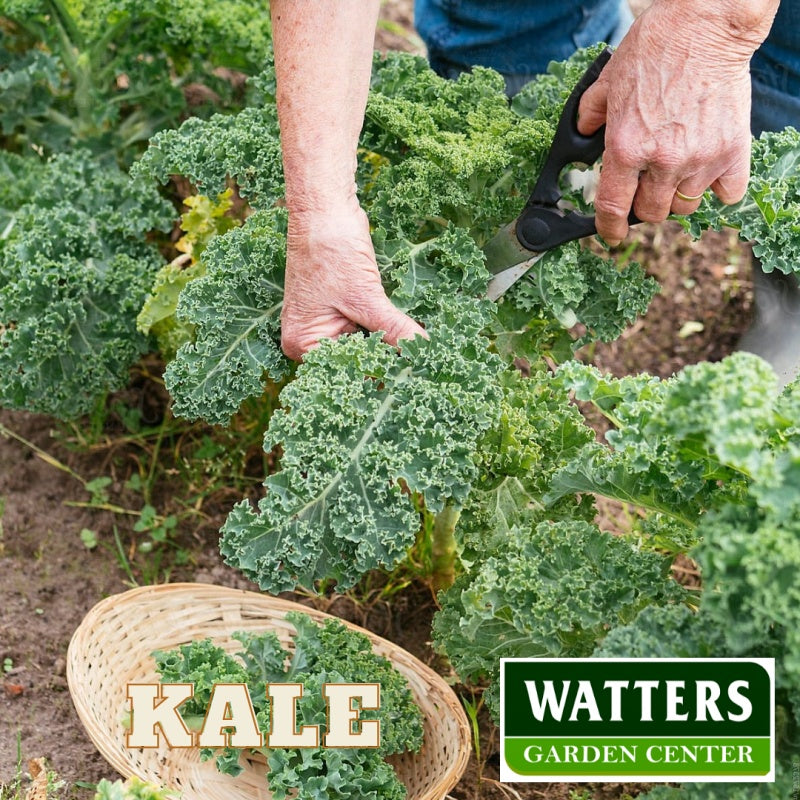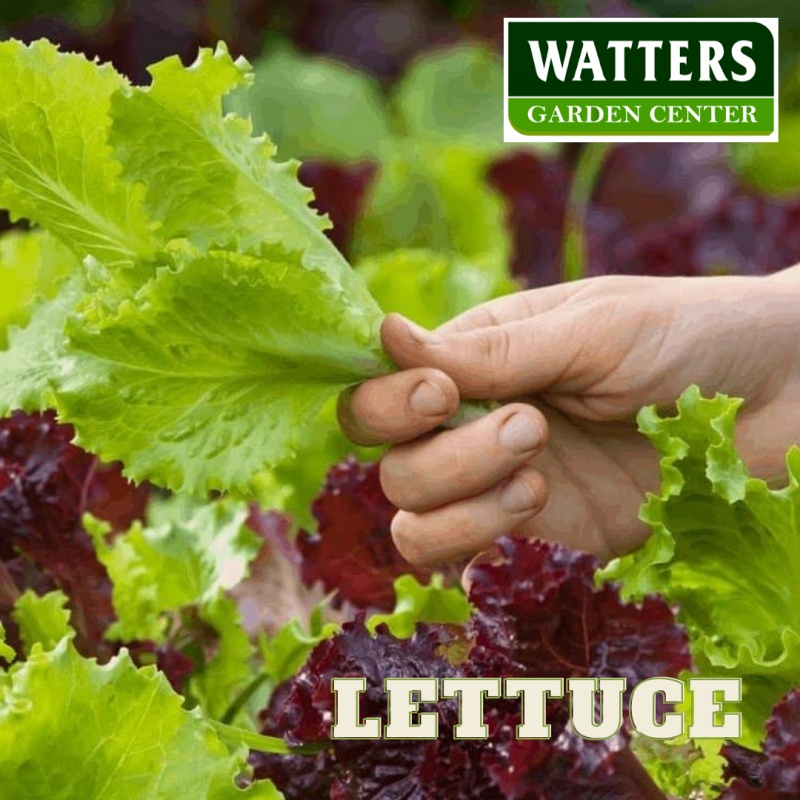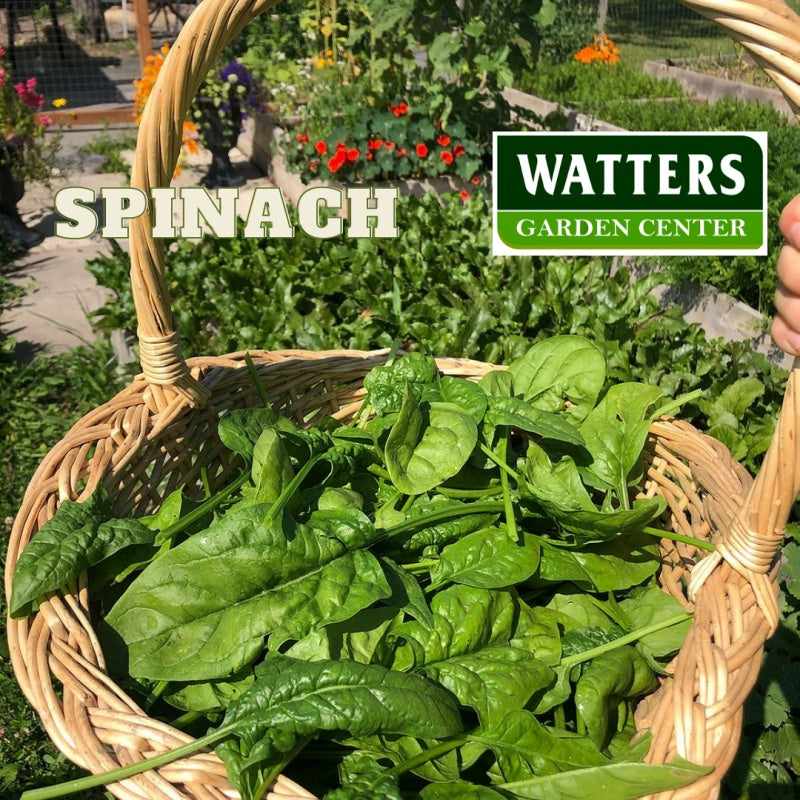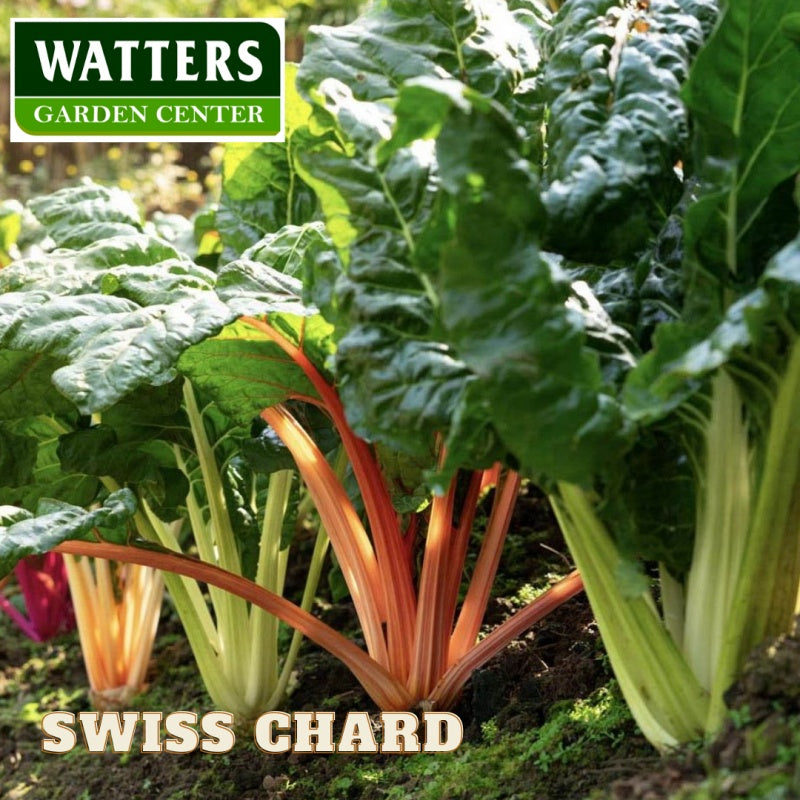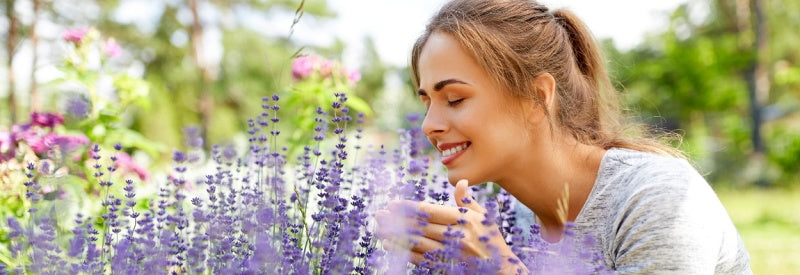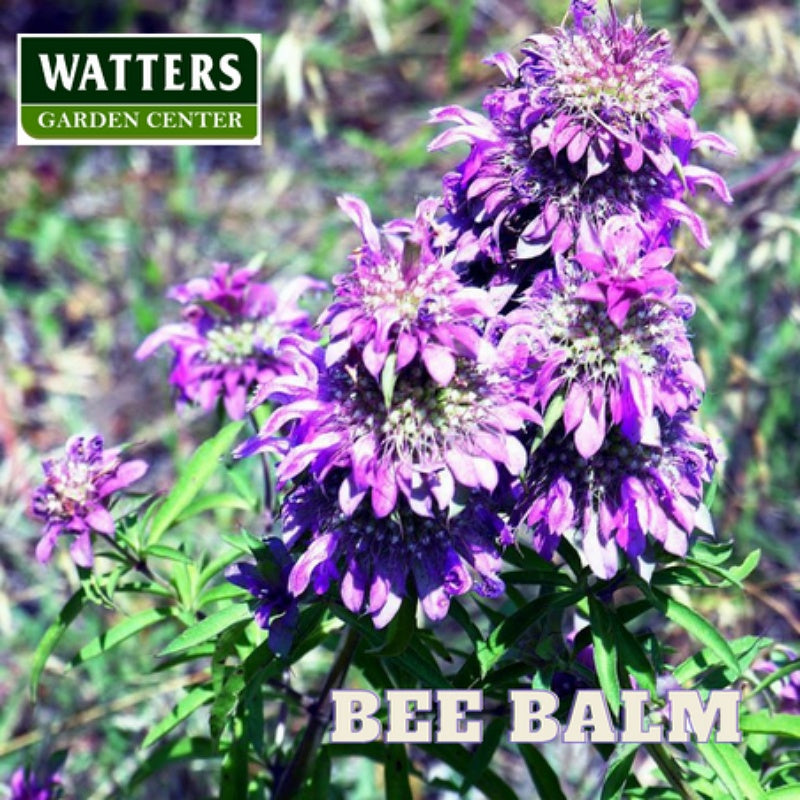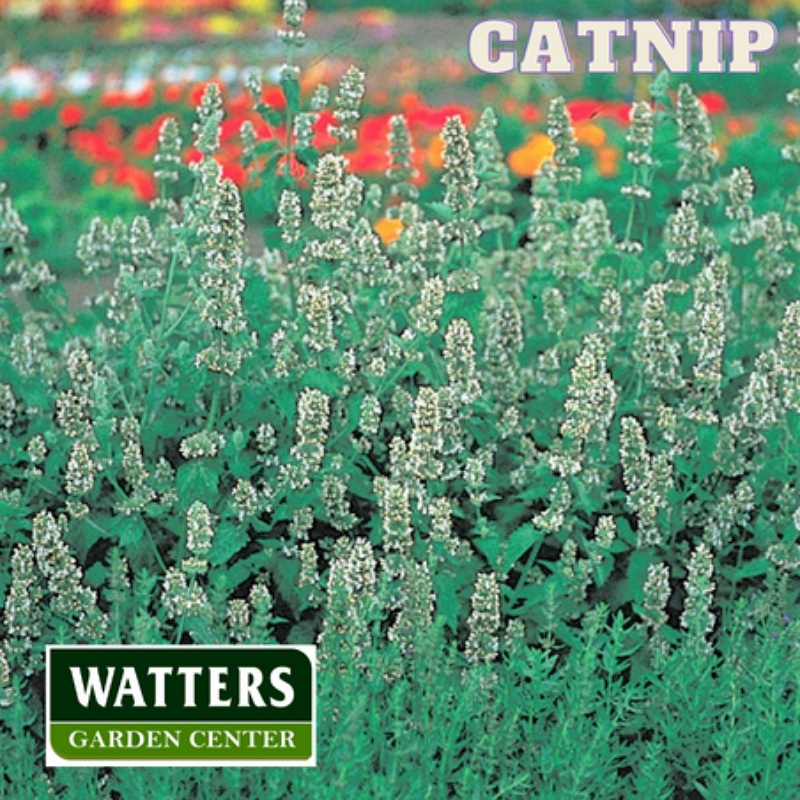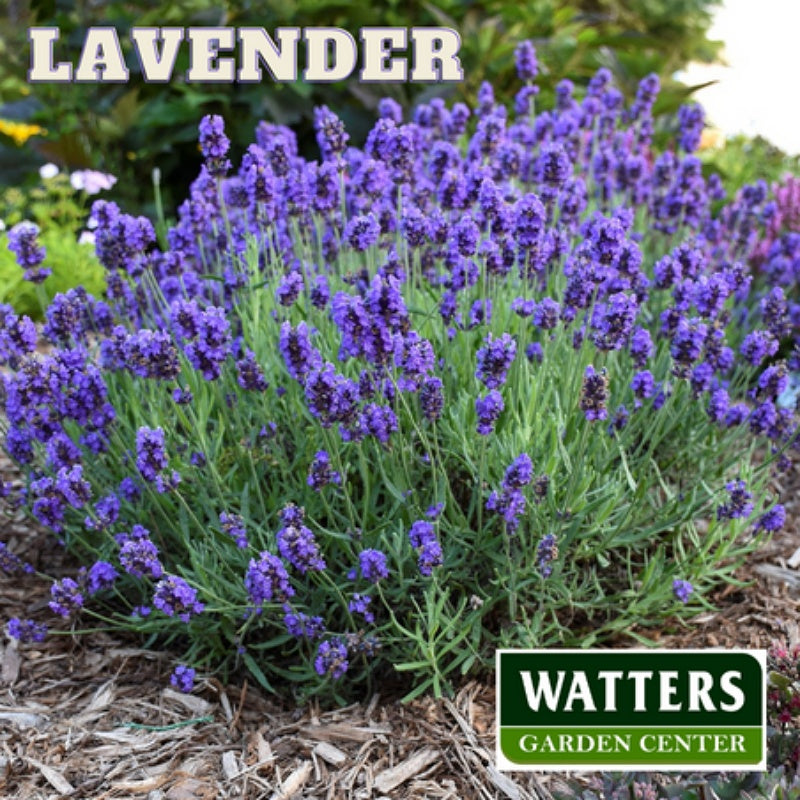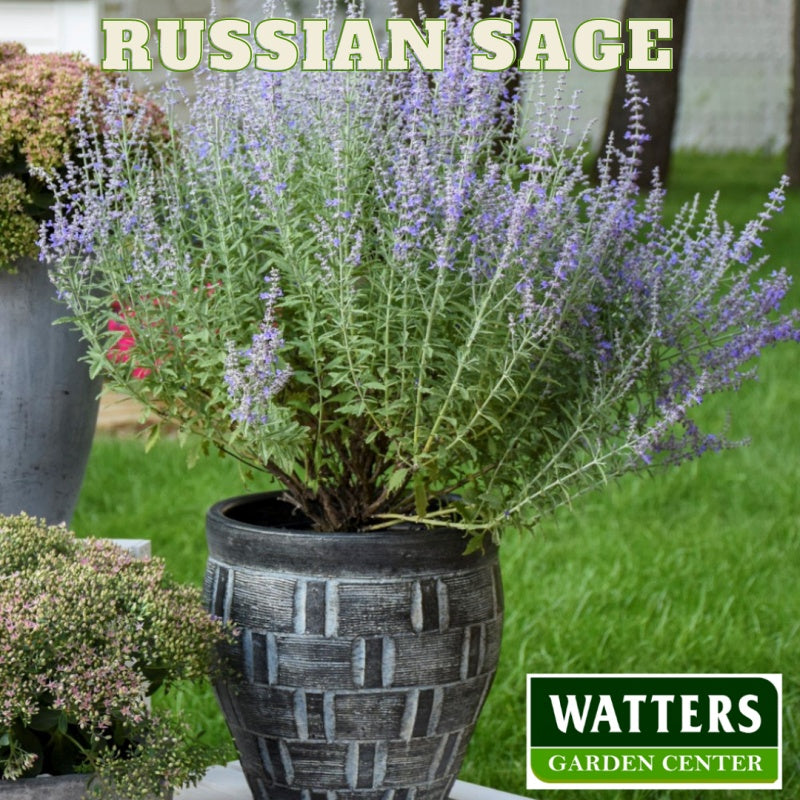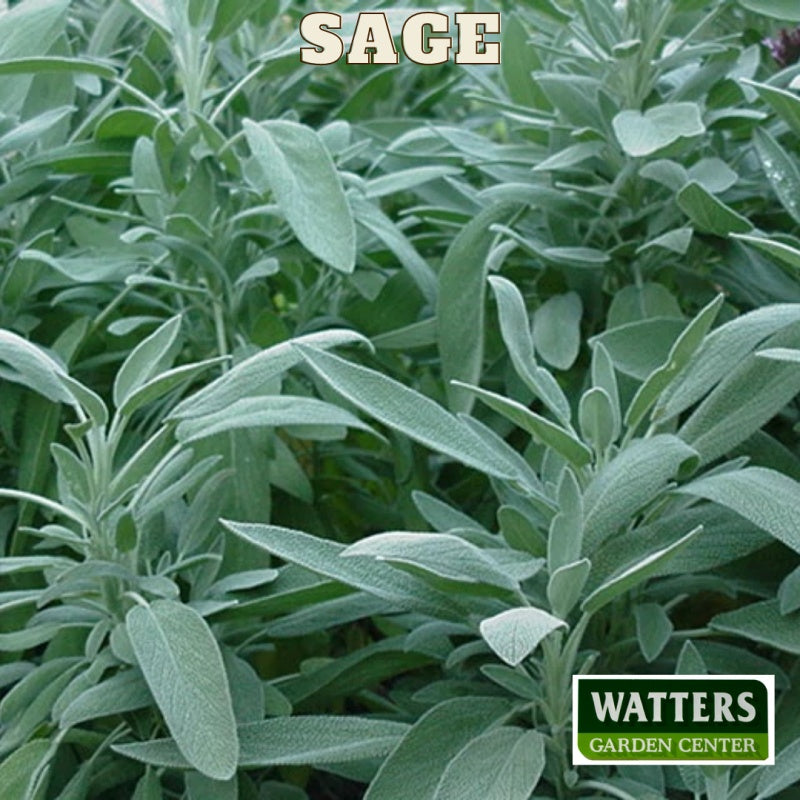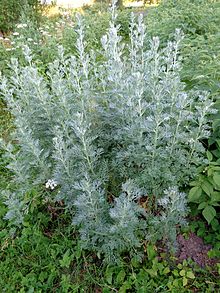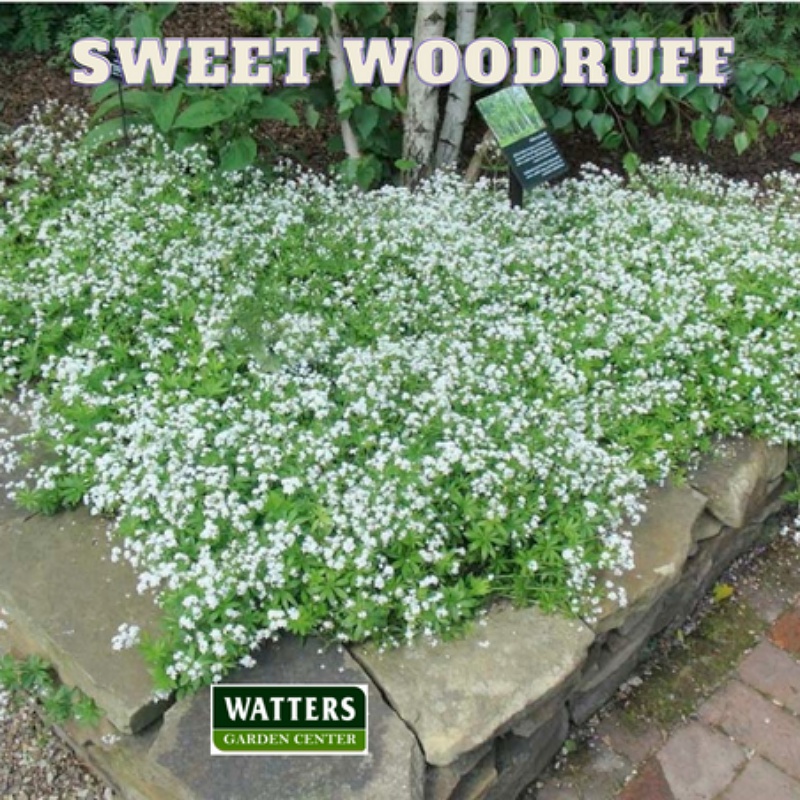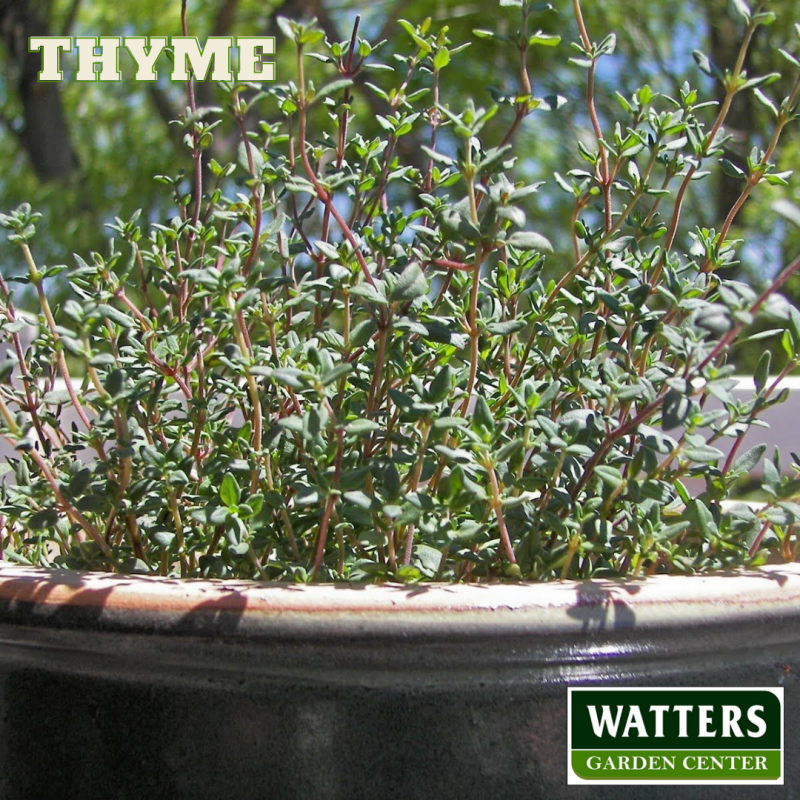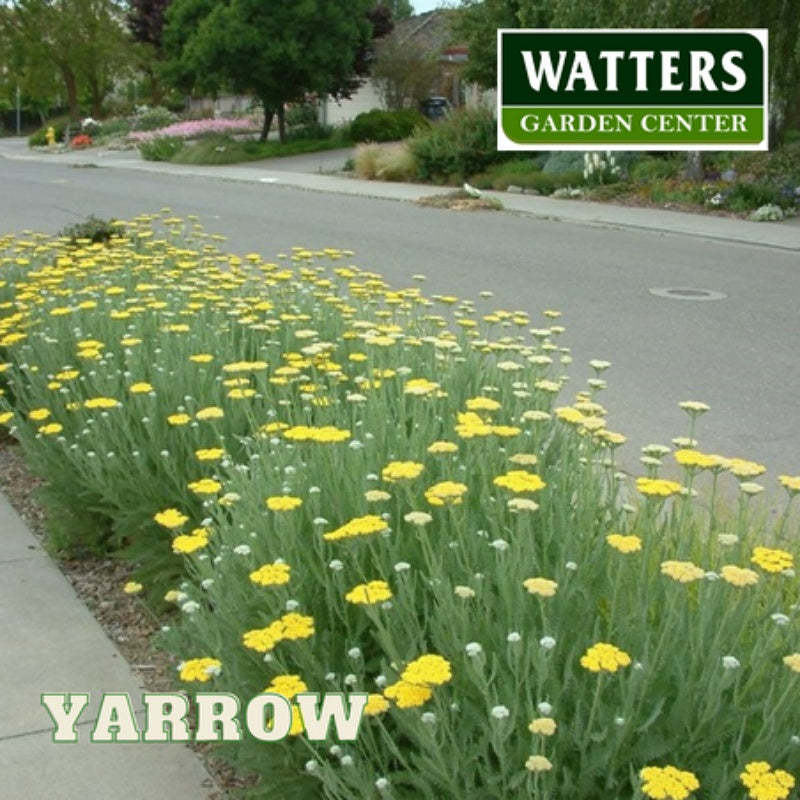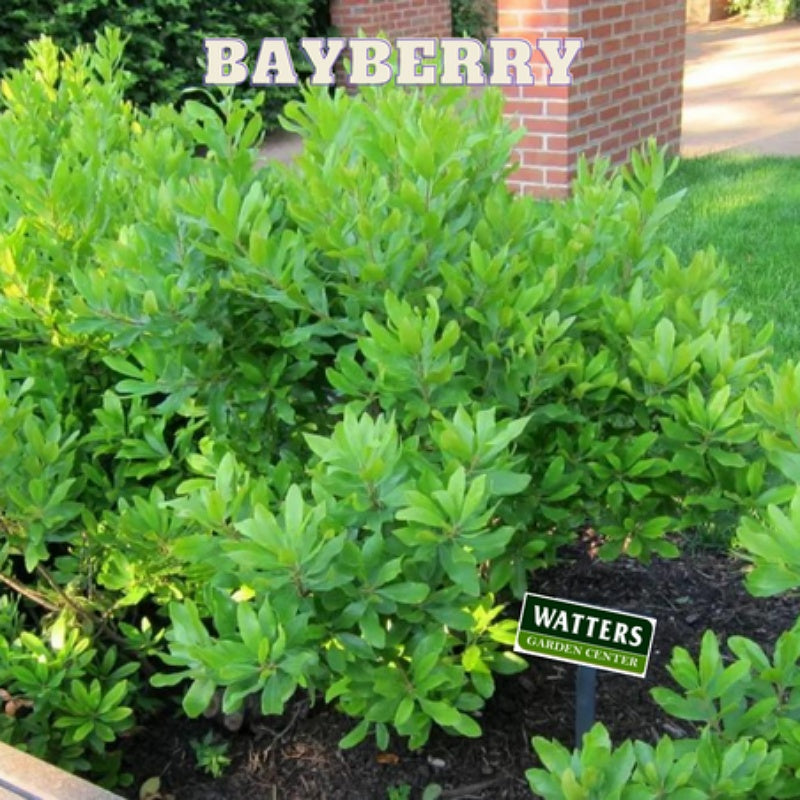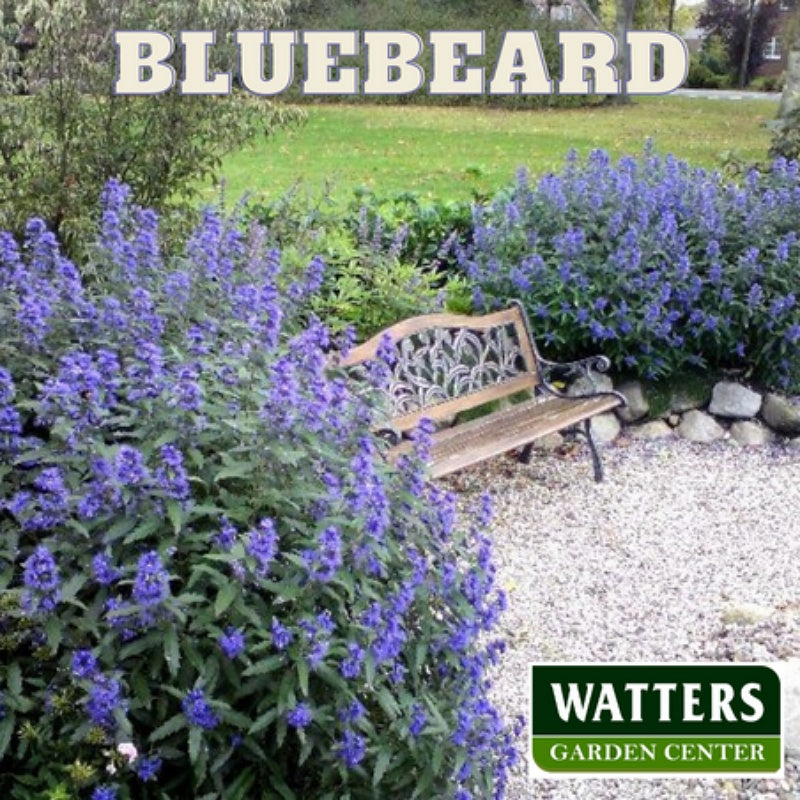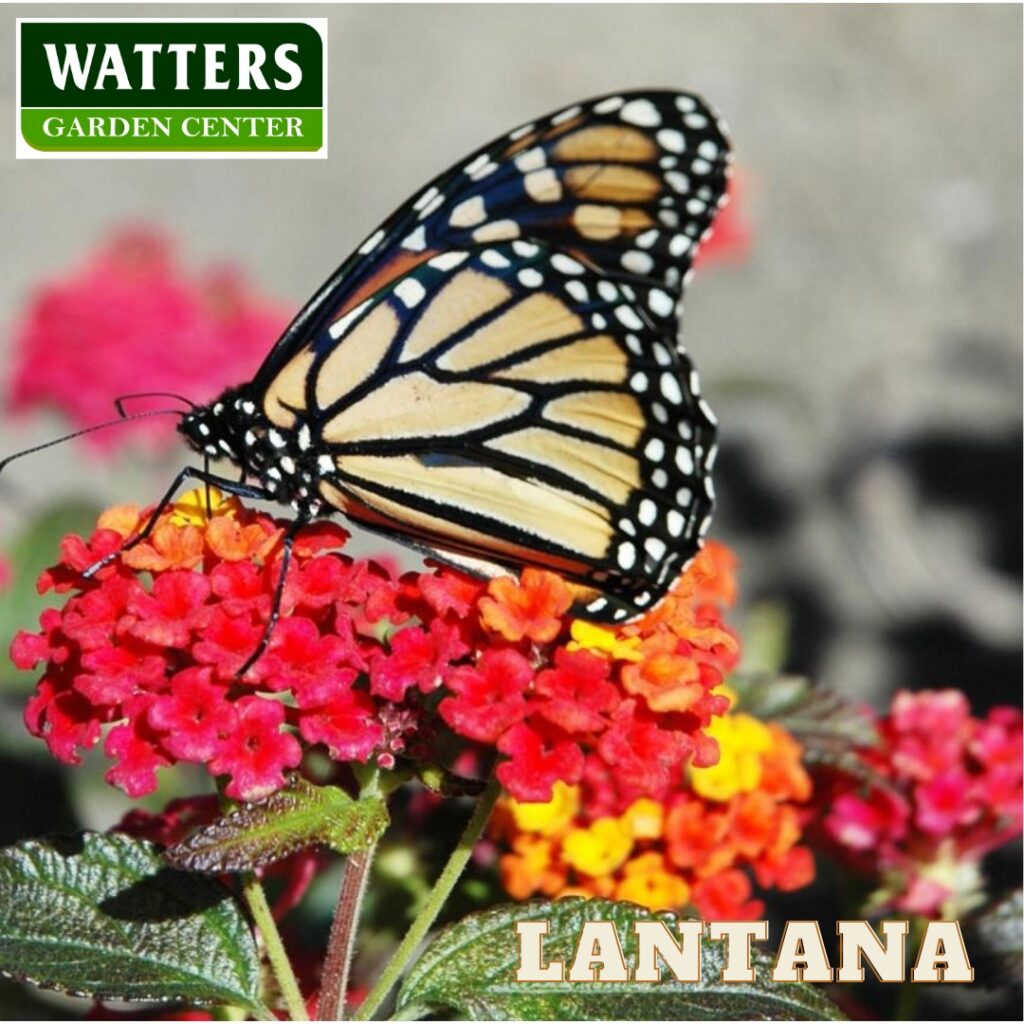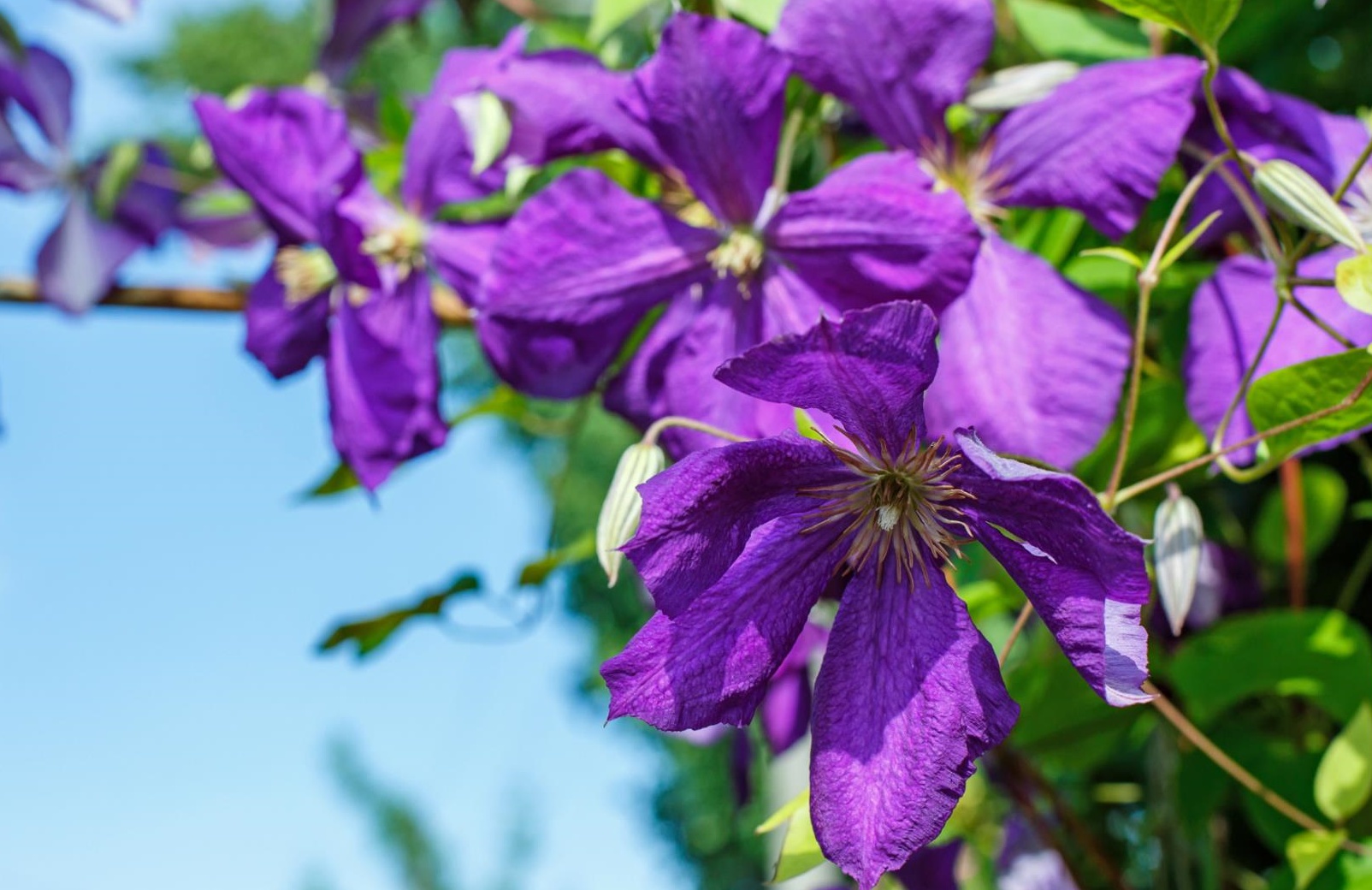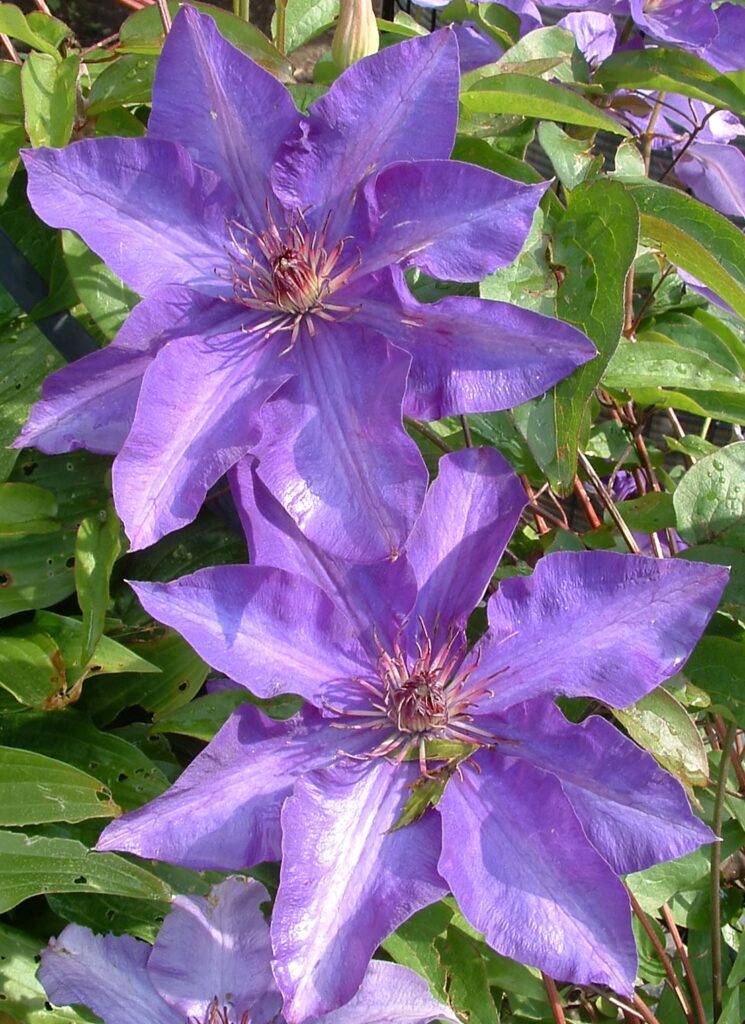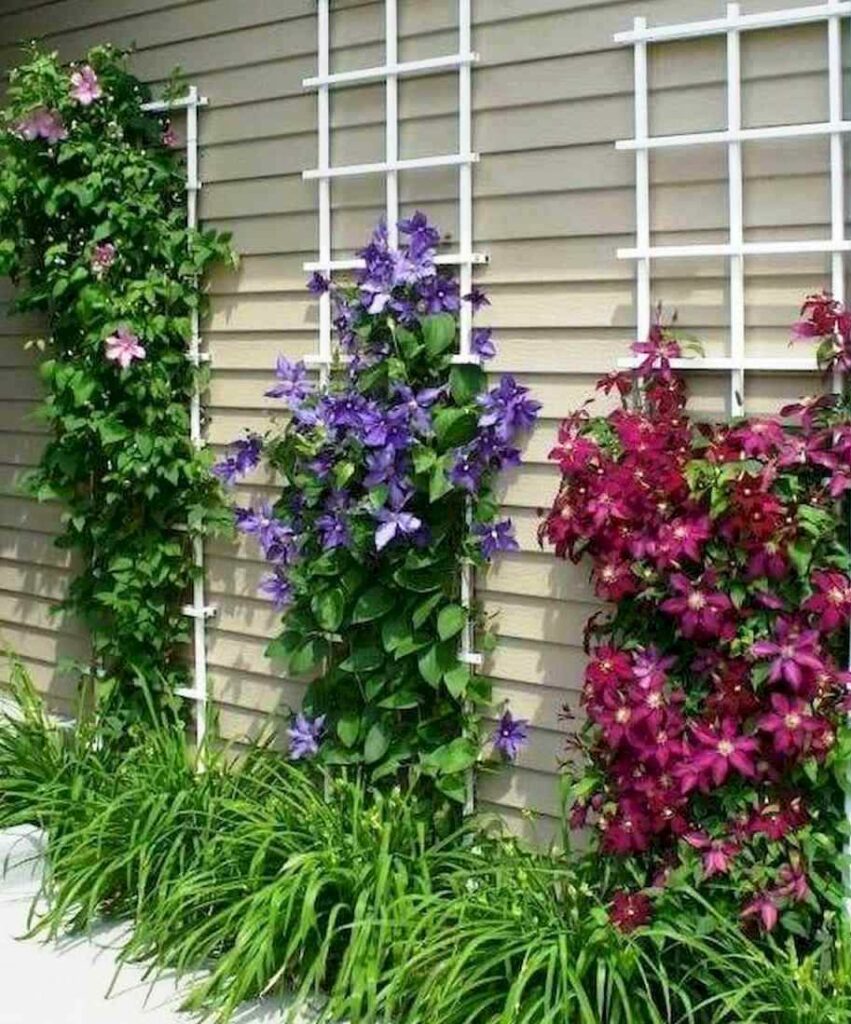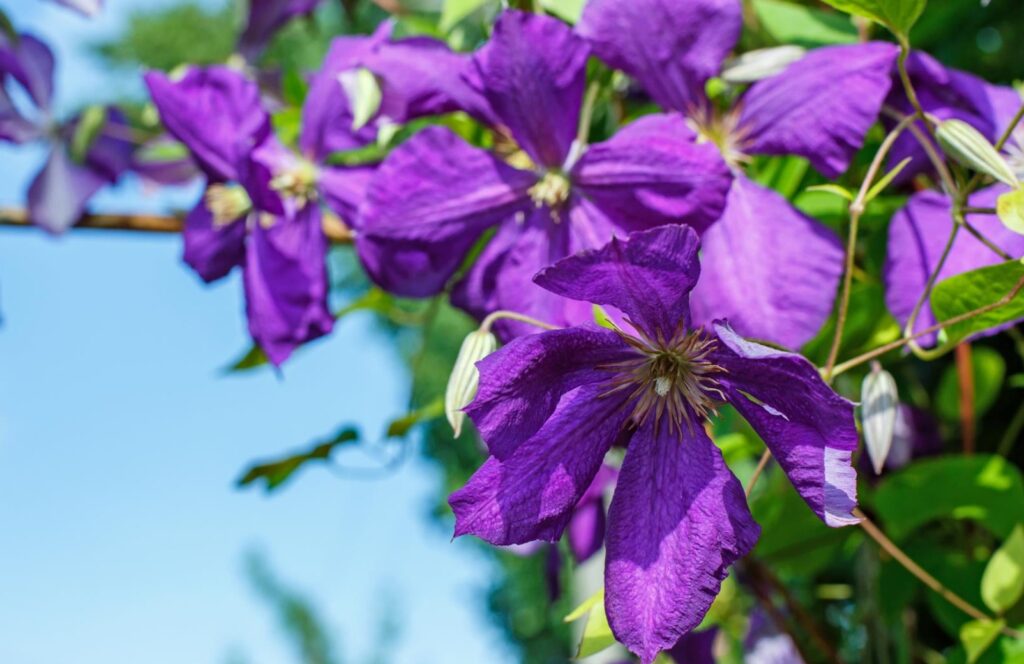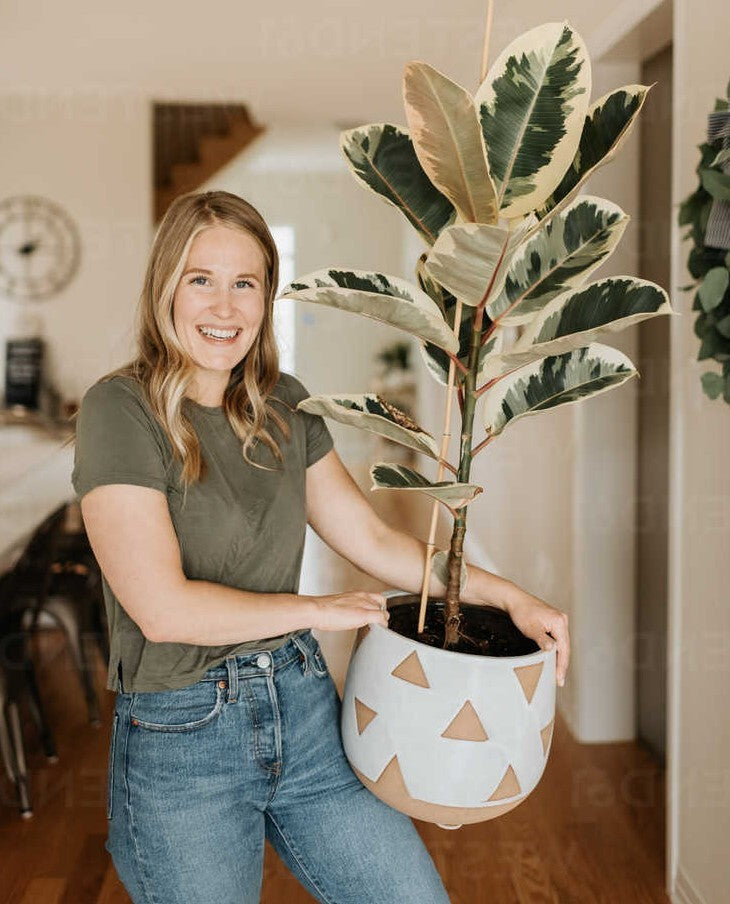by Ken Lain, the mountain gardener

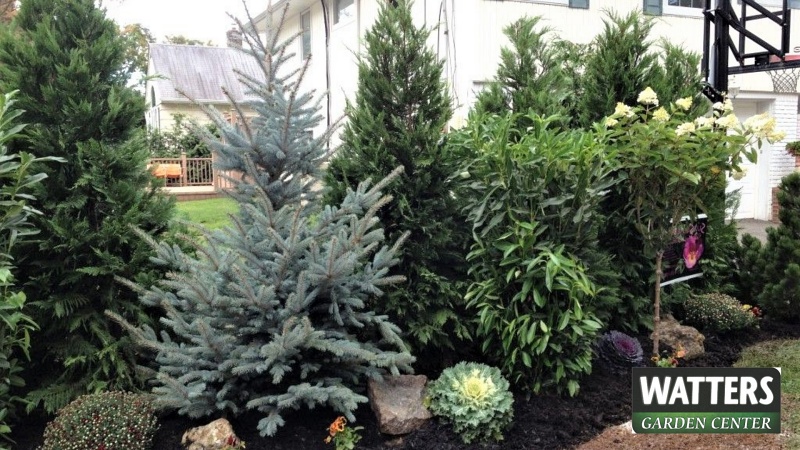
Readers Digest Condensed Version of this Article
- Plants look best when planted together in odd numbers.
- Add garden interest by planting smaller plants in front of taller ones.
- Hardscaping is everything non-living, like irrigation and retaining walls.
- Use a mower strip and mulching mower saves time.
- Autumn feed your yard with 7-4-4 All Purpose Plant Food.
- Protect trees and evergreens with Watters Plant Protector.
Whether it’s having hardscape features installed, performing chores, or selecting plants for the yard, it’s helpful to understand the insider secrets landscapers won’t share. Thinking like a professional saves lots of money, time, and frustration. Best of all, unlocking these pro tips help transform your plantings from a mere collection of plants into a sophisticated landscape design.
Hardscaping is everything non-living, like irrigation, raised beds, ponds, and retaining walls. Hardscape features are captivating, but not all are equally necessary. Some types of hardscapes are exceedingly expensive; it is essential to prioritize landscaping on a budget. Give priority to those projects critical to your enjoyment. Everyone gets excited over the idea of having an elite terrace complete with an outdoor kitchen. You may not enjoy it much when baking in the sun though. A straightforward patio roofed with a covered pergola is often a better investment. It offers a permanent, shaded retreat for dining, chatting with friends, or simply enjoy the flower beds planted nearby
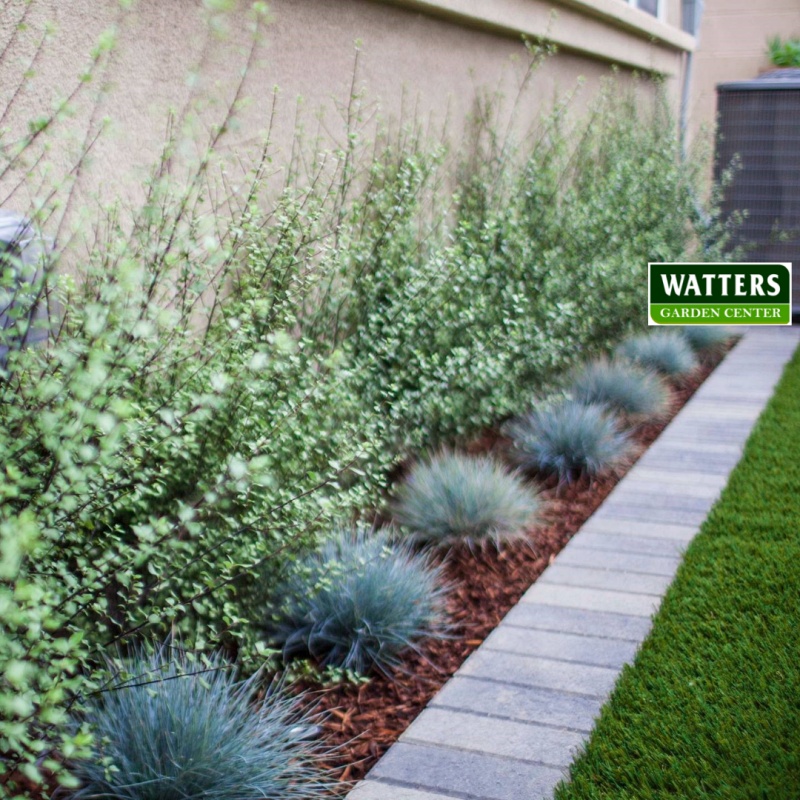
Save time with these lawn-Care hacks
Lawn care can be a chore. Here are some hacks those in the know use to save considerable time by laying down a mowing strip and using a mulching mower.
After you lay down a mowing strip and see how much time it saves, you’ll kick yourself for not discovering this landscaper’s secret sooner. It consists of a row of pavers separating the grass from an adjacent area or structure. You run the wheels on one side of the mower on top of this strip, giving you a clean cut along the border. No need to go back later to edge and touch up.
Save additional time by using a mulching mower rather than mowing with a bag attachment. No more emptying those dirty grass clippings. The finely mulched grass acts as lawn fertilizer, saving the time required to buy more fertilizer.
Strike a Balance Between Monotony and Variety
Every homeowner prefers variety in a landscape. A way to add style to your design is to vary the viewer’s sightline rather than keeping everything flat on one plane. A landscape berm is the easiest, but so will intelligent plant selection. Grow a variety of different plants in terms of height. Provide transitions between them for a smooth flow.
Let’s say a row of landscape trees line the northern property line. To bring the viewer’s eye level down a notch, plant shrubs in front of them. Complete the three-tiered design with an edging of ground cover plants at the front.
A secret landscape designers swear by here at Watters Garden Center is planting a group of plants together in odd numbers and repeating this grouping elsewhere in the yard. This could be three Gold Star Potentilla grown together in a flower border at the driveway, complemented by a group of five more in a foundation bed. Each group achieves a more significant impact than a solitary shrub, while the repetition brings unity to the design, bringing different parts of the yard together.
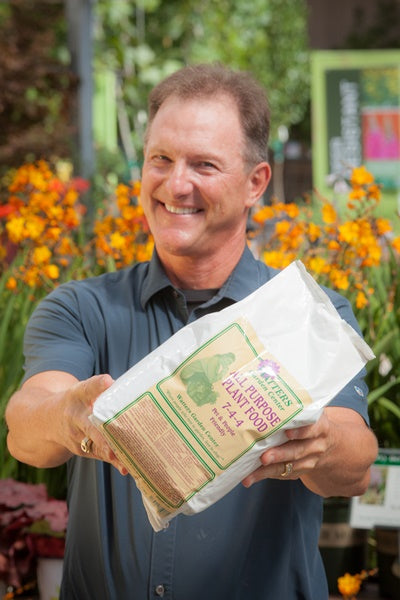
Keep your plants healthy.
The best Autumn advice I can give you is to feed and care for the plants you do have. The most important feeding of the year is applied in the fall. Feed everything in the yard with Watters 7-4-4 All Purpose Plant Food for better autumn colors and healthier plants next spring. Second, treat your evergreen pine and spruce with Plant Protector. This easy-to-use plant drench keeps the bugs out of your trees and larger evergreens for the year to come.
Feed and Prevent at the same time or over several weekends. The two easy chores make for better gardening this fall and into next year.
Until next week, I’ll be helping locals design better landscapes here at Watters Garden Center.
Throughout the week, Ken Lain can be found at Watters Garden Center, 1815 W. Iron Springs Rd in Prescott, or contacted through his website at WattersGardenCenter.com or Top10Plants.com.

